
Val Logsdon Fitch was an American nuclear physicist who, with co-researcher James Cronin, was awarded the 1980 Nobel Prize in Physics for a 1964 experiment using the Alternating Gradient Synchrotron at Brookhaven National Laboratory that proved that certain subatomic reactions do not adhere to fundamental symmetry principles. Specifically, they proved, by examining the decay of K-mesons, that a reaction run in reverse does not retrace the path of the original reaction, which showed that the reactions of subatomic particles are not indifferent to time. Thus the phenomenon of CP violation was discovered. This demolished the faith that physicists had that natural laws were governed by symmetry.
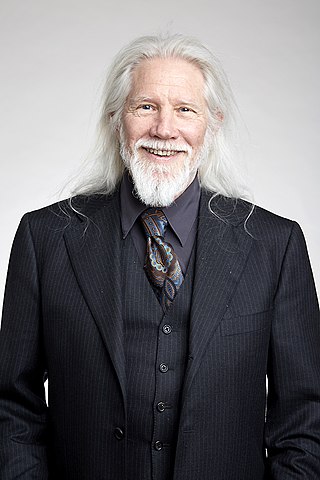
Bailey Whitfield 'Whit' Diffie, ForMemRS, is an American cryptographer and mathematician and one of the pioneers of public-key cryptography along with Martin Hellman and Ralph Merkle. Diffie and Hellman's 1976 paper New Directions in Cryptography introduced a radically new method of distributing cryptographic keys, that helped solve key distribution—a fundamental problem in cryptography. Their technique became known as Diffie–Hellman key exchange. The article stimulated the almost immediate public development of a new class of encryption algorithms, the asymmetric key algorithms.
Sir Derek Harold Richard Barton was an English organic chemist and Nobel Prize laureate for 1969.

Einar Ingvald Haugen was an American linguist, writer, and professor at University of Wisconsin–Madison and Harvard University.
Robert William "Bob" Galvin was an American executive. He was the son of the founder of Motorola, Paul Galvin, and served as the CEO of Motorola from 1959 to 1986.

Thomas Lux was an American poet who held the Margaret T. and Henry C. Bourne, Jr. Chair in Poetry at the Georgia Institute of Technology and ran Georgia Tech's "Poetry @ Tech" program. He wrote fourteen books of poetry.
Alfred "Al" William McCoy is an American historian and educator. He is the Fred Harvey Harrington Professor of History at the University of Wisconsin–Madison. He specializes in the history of the Philippines, foreign policy of the United States, European colonisation of Southeast Asia, illegal drug trade, and Central Intelligence Agency covert operations.
David Judd Nutting was an industrial design engineer who played a role in the early video game industry. He was a graduate of the Pratt Institute with a degree in industrial design.
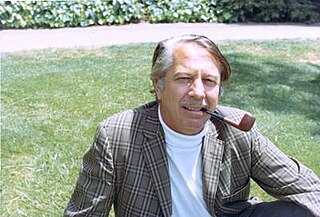
John L. Kelley was an American mathematician at the University of California, Berkeley, who worked in general topology and functional analysis.
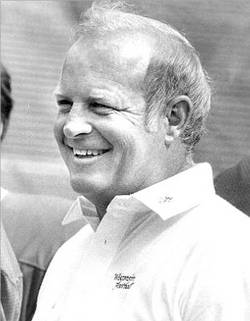
Dave McClain was an American football player and coach. He served as the head coach at Ball State University from 1971 to 1977 and at the University of Wisconsin–Madison from 1978 to 1985, compiling a career college football record of 92–67–6.
Clay Drewry Blair Jr. was an American journalist and author, best known for his books on military history. Blair wrote some two dozen history books and hundreds of magazine articles that reached a popular audience.
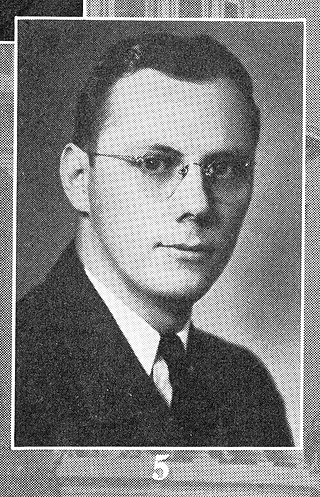
Lewis Dominic Thill was an American politician and lawyer who served in the United States House of Representatives from 1939 to 1943, representing the 5th congressional district of Wisconsin as a Republican in the 76th United States Congress and the 77th United States Congress.
Nancy Oestreich Lurie was an American anthropologist who specialized in the study of North American Indian history and culture. Lurie's research specialties were ethnohistory, action anthropology and museology; her areal focus was on North American Indians, especially the Ho-Chunk and the Dogrib (Tlicho) of the Canadian NWT; and the comparative study of territorial minorities.

Norman Irving Wengert was an American political scientist who wrote about the politics of natural resources, advanced a seminal theory of the "politics of getting", and had a number of significant roles in his public and academic career. He was born in Milwaukee, Wisconsin to Eugene F. and Lydia Semmann Wengert. He pioneered the revival of the study of political economy in the United States with publication of Natural Resources and the Political Struggle, and later authored more than fifty monographs and studies on the political economy and public administration of environmental resources. His scholarship explored the politics of natural resources and environmental policy formation and administration, with emphases in national energy policy, urban water planning and management, land use planning and controls, national forest management, and citizen participation in administrative processes.

Philip Howard Lewis Jr. was an emeritus professor of landscape architecture who promoted the "environmental corridor" concept. He taught for more than 40 years at the University of Illinois (1953–1963) and the University of Wisconsin–Madison (1964–1994). Charles Little, author of Greenways for America, describes Lewis as the "...most inventive figure in regional landscape planning theory in the country".

Charles H. Holbrow is an American physicist.

Daniel M. Albert is an American ophthalmologist, ocular cancer researcher, medical historian, and collector of rare books and ocular equipment. As of 2018, he is Professor of Ophthalmology at the Casey Eye Institute, Oregon Health & Science University.
Brison D. Gooch was an American historian specializing in 19th century European history, especially Belgium and France. He was author of numerous monographs, and especially wrote undergraduate oriented textbooks.
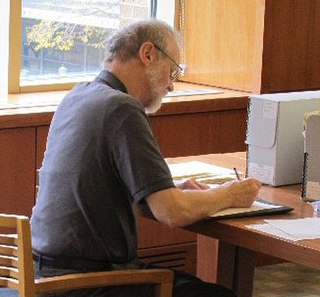
Richard Carroll West was an American librarian and one of the first Tolkien scholars. He is best known for his 1975 essay on the interlace structure of The Lord of the Rings, for which he won the 1976 Mythopoeic Scholarship Award for Inkling Studies.
Edwin T. Layton Jr. (1928–2009) was an American historian. He is best known for his work on the history of technology and engineering, in particular his book The revolt of the engineers: social responsibility and the American profession.